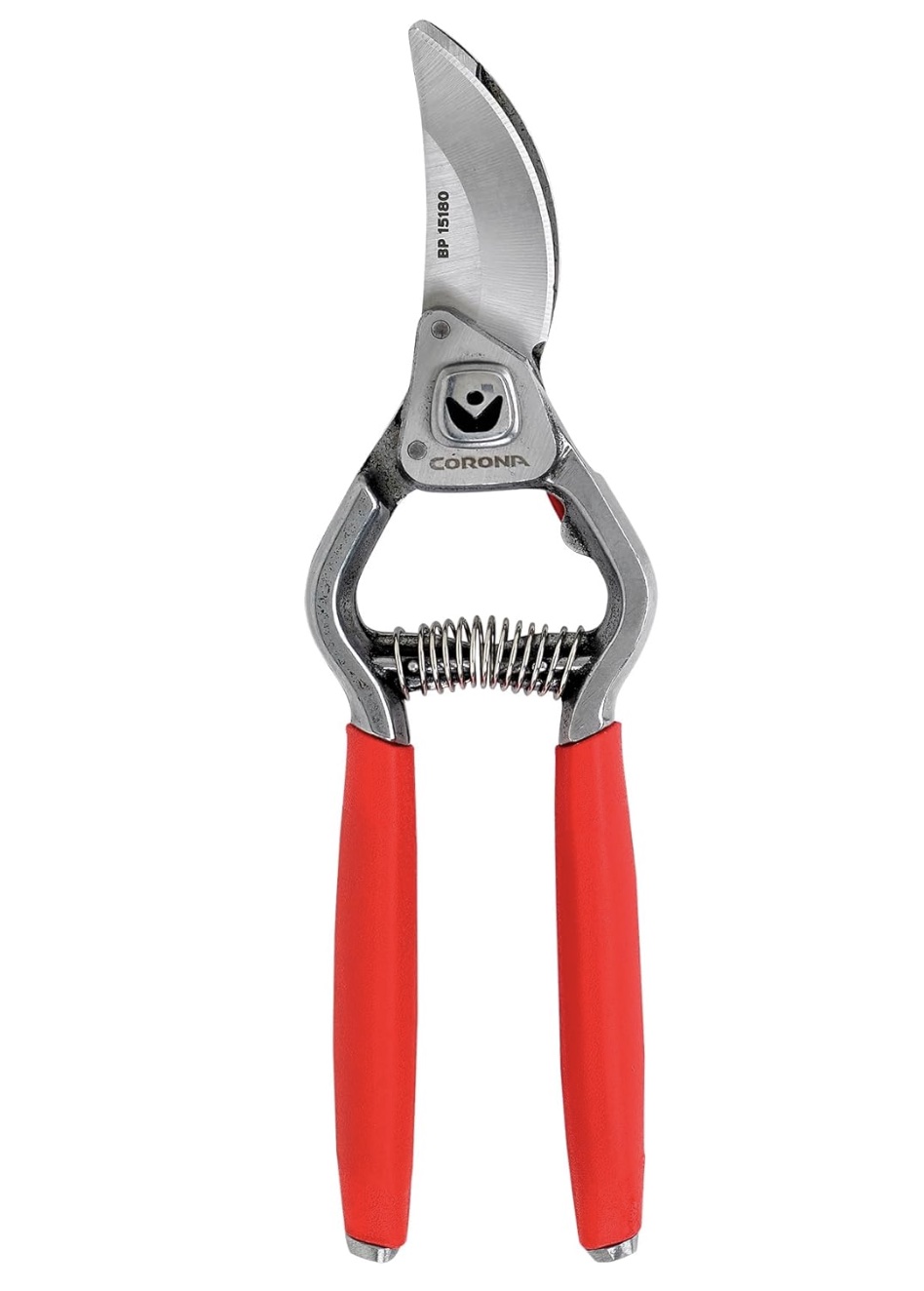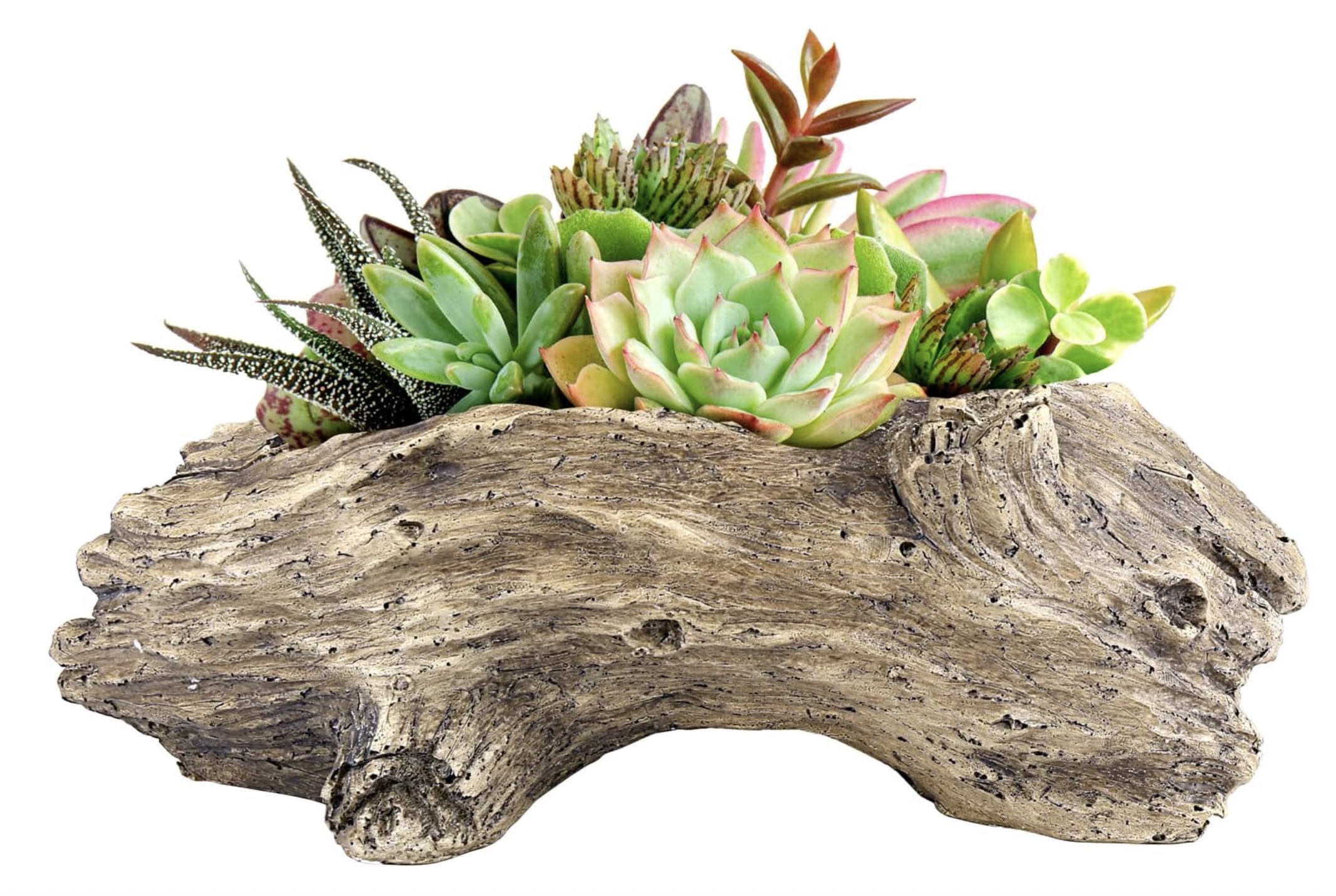“I Filled My Yard With Free Succulents… Here’s How You Can, Too” – Professional Gardener Reveals Her Succulent Secret!
Succulents can be expensive, so why not grow some you haven’t had to pay for? We reveal one simple secret for creating a backyard filled with free succulents
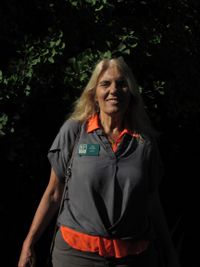
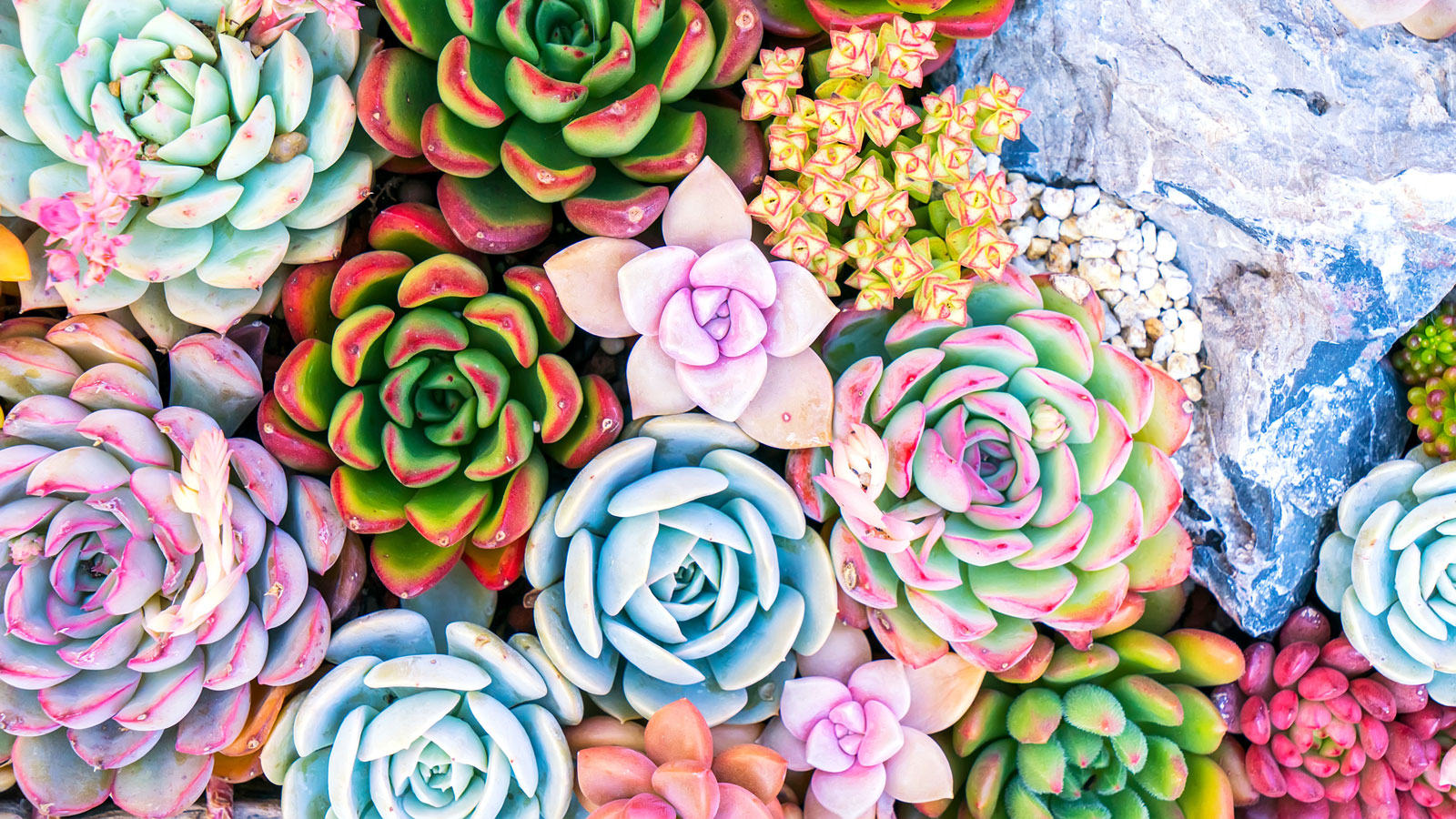
Succulents are fascinating, beautiful, drought-tolerant plants. The varieties are endless, and range from miniature to massive. The thick leaves are usually green or gray-green, but the flowers are stand-out amazing – unusual, bright, unexpected. However, while they are exceptional plants for a backyard or landscape, succulent plants can be pricey in garden stores. Still, you can get free succulents if you know where to look.
My entire backyard in San Francisco is awash in succulents – including over two dozen species from hens and chickens to donkey tails. In fact, I like to call my yard succulent city. While I planted every one of them, I’ve never paid for a succulent in my life. The truth is that every succulent in my yard came into my life after being tossed out or bequeathed to me by someone else. I sometimes think I'm the only one who knows that you never need to buy them. How to get free succulents? Read on for the secret to saving big bucks while filling the garden with gorgeous beauties.
Super Plants that are Super Expensive
Succulents are plants with thick, fleshy foliage, used to hold and store moisture. They are usually native to arid climates or areas with sandy soil. There are many varieties of succulents – over 10,000 different types – in all different sizes and configurations. They are popular houseplants and landscape plants, requiring tip-top drainage, infrequent watering, and correct sun exposure, usually partial or all-day sunshine.
In San Francisco, many folks that live on the Pacific Ocean side of town plant succulents in their gardens. I’ve walked a lot in the neighborhood and was excited to see the different kinds and arrangement ideas – some look like little trees, some like stars, and others like hanging strings of pearls. I decided to fill my backyard with a variety of succulents, so I started taking photos of my favorites. But when I headed for the garden store, I was taken aback by the prices. A small succulent, no bigger than my hand, cost as much as a meal out.
How to Get Free Succulents
When you’re looking for a feebie, it takes a community! One day, as I was walking my dog, I stopped to chat with a neighbor who was pruning back her tall succulents, a type called tree aeonium (Aeonium arboretum). I admired her succulent garden. She urged me to take some clippings, let them dry out a few days, then stick them in the soil. They would grow, she promised. I must admit that I was skeptical, but I tried it. A month later, the cuttings had rooted and were actually growing.
This encounter opened my eyes to the possibility of getting succulents for free, by donations of cuttings that could be propagated. Succulents grow out of their spaces in the garden and need to be cut back regularly – and then often people toss the cuttings. I began keeping my eye out for succulent cuttings left out on the sidewalk, sometimes in cardboard boxes, sometimes on the ground. I noticed that in posts to the neighborhood social media platform, people would announce when they were setting out succulent cuttings.

For a time, I picked up everything I found, let the ends dry out for a day or two, then planted them. My success rate was around 80 percent. I planted them in beds in front of the house, beds behind the house, and in patio containers. I put the tall ones in the background, and the shorter ones in front. In one short year, my backyard flower beds were filled with a beautiful mix of these easy-care plants. I moved from being someone who sought out cuttings to someone who was putting out succulent trimmings and telling the neighbors to help themselves.
Sign up for the Gardening Know How newsletter today and receive a free copy of our e-book "How to Grow Delicious Tomatoes".
Make Your Own Succulent City
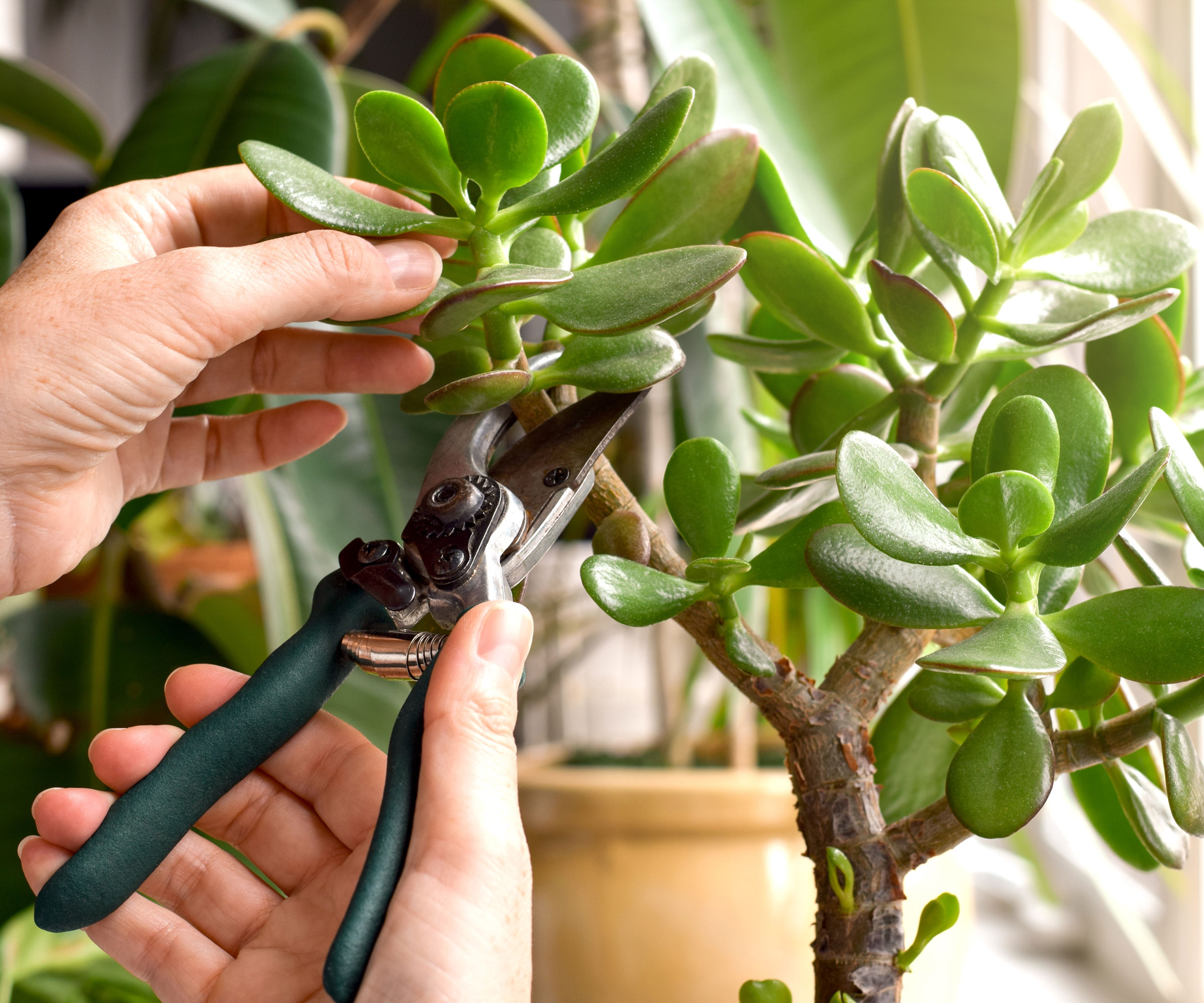
If you live in a region where they thrive, you can build your own “succulent city” by getting free succulent plants from neighbors. Every gardener with a yard full of succulents will toss cuttings from time to time. Just take them home, let them sit outside for at least 24 hours, then push the cut end of the stem into soil. If you happen to find pruned off rosettes, just set the rosette on the top of the soil after the drying out period. Alternatively, you can propagate each leaf into a separate plant.
If you’re planning on growing your succulents in containers, grab some Rosy Soil Cactus & Succulent Potting Mix from Walmart. Perhaps you’re looking for something a little unusual and rustic for a vertical gardening arrangement, in which case I love the Philodwell Store’s Rustic Heart Shaped Hanging Planters, available from Amazon, perfect for smaller arrangements of mixed jelly beans and hens and chicks.
So where to find free succulents for your first succulent displays? Just talk to neighbors, and keep your eyes open as you walk around. If you have a neighborhood social media site, ask for succulent cuttings or respond to ads giving them away. Almost any succulent will grow from a cutting. Or they may invite you to snip your own cutting from the parent plant. To inspire you on your journey, here is a shortlist of a few of my favorite succulent varieties that are now thriving in my backyard. All require well-drained soil, occasional water, and a partial sun location.
1. Tree Aeonium
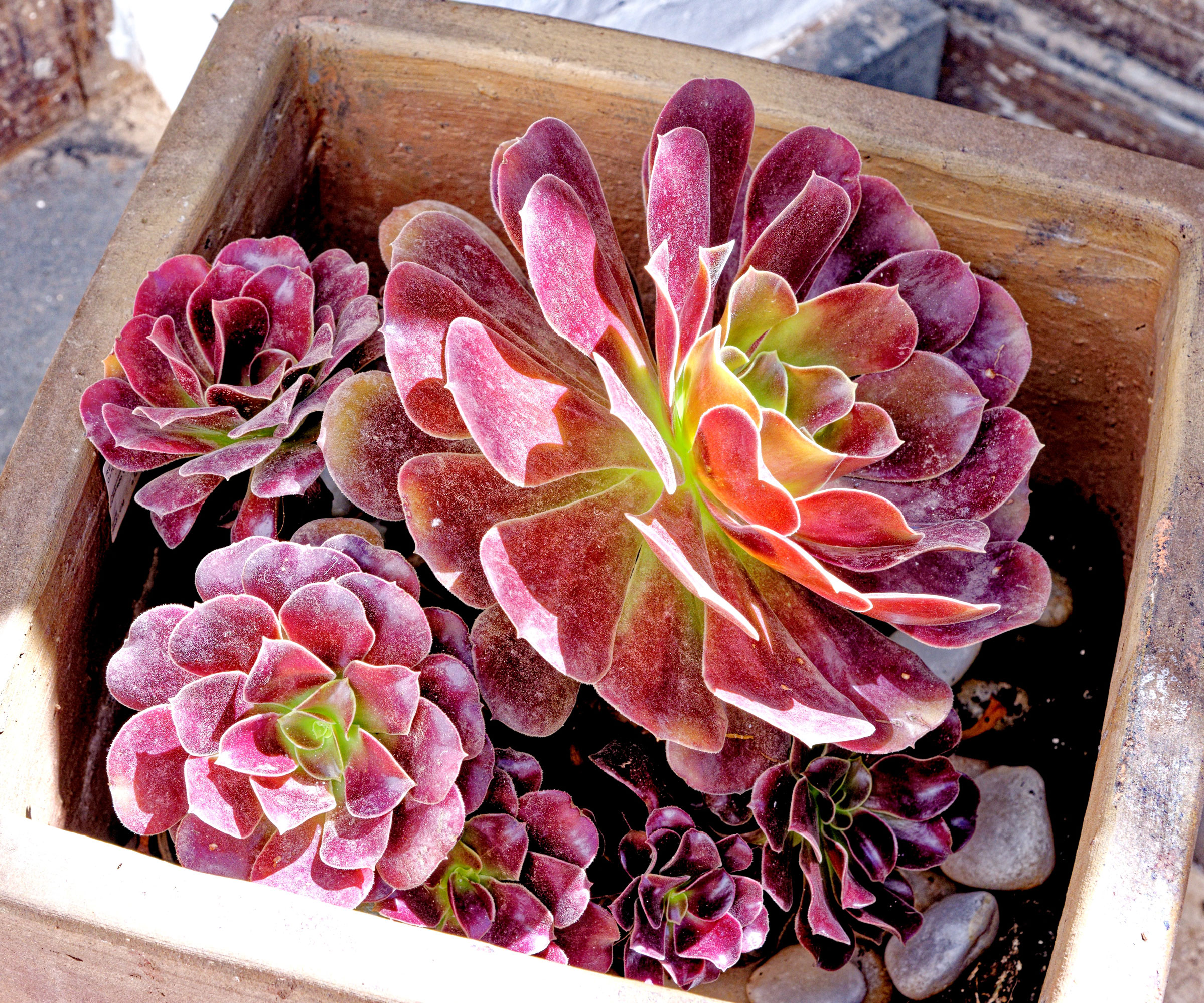
The tree aeonium (Aeonium arboreum), also known as the houseleek tree, was my original succulent rescue. I still love the big bright green rosettes on the plant’s branching stems. You can also get lovely purple types with dramatic rosettes of spoon shaped leaves. This succulent thrives in indirect light and warmer zones where it grows to 6ft (2m) tall.
2. Jade Plant

Oh, how I love my jade plants (Crassula ovata). They look like small trees, with their fleshy leaves growing on woody stems. I have some jades in containers that are a foot (30cm) tall while others, outside, are taller than I am. They also do best in the warmest zones. I have to be completely honest, though – while they are reputed to bring you financial success, I have yet to see that effect.
3. Hens and Chicks

Do you live in a cold-winter area? If so, this mat-forming succulent with its fleshy rosettes is a great succulent for you. It’s amongst the hardiest of the bunch, and can survive down to USDA zone 3. Hens and chicks (Sempervivum tectorum) quickly create a carpet of attractive pointed leaves. The big ones are the hens and the little offshoots are the chicks. They are capable of gorgeous colors depending on region and sunlight exposure, from deep purple through magenta to sunshine gold.
4. Jelly Bean Plant
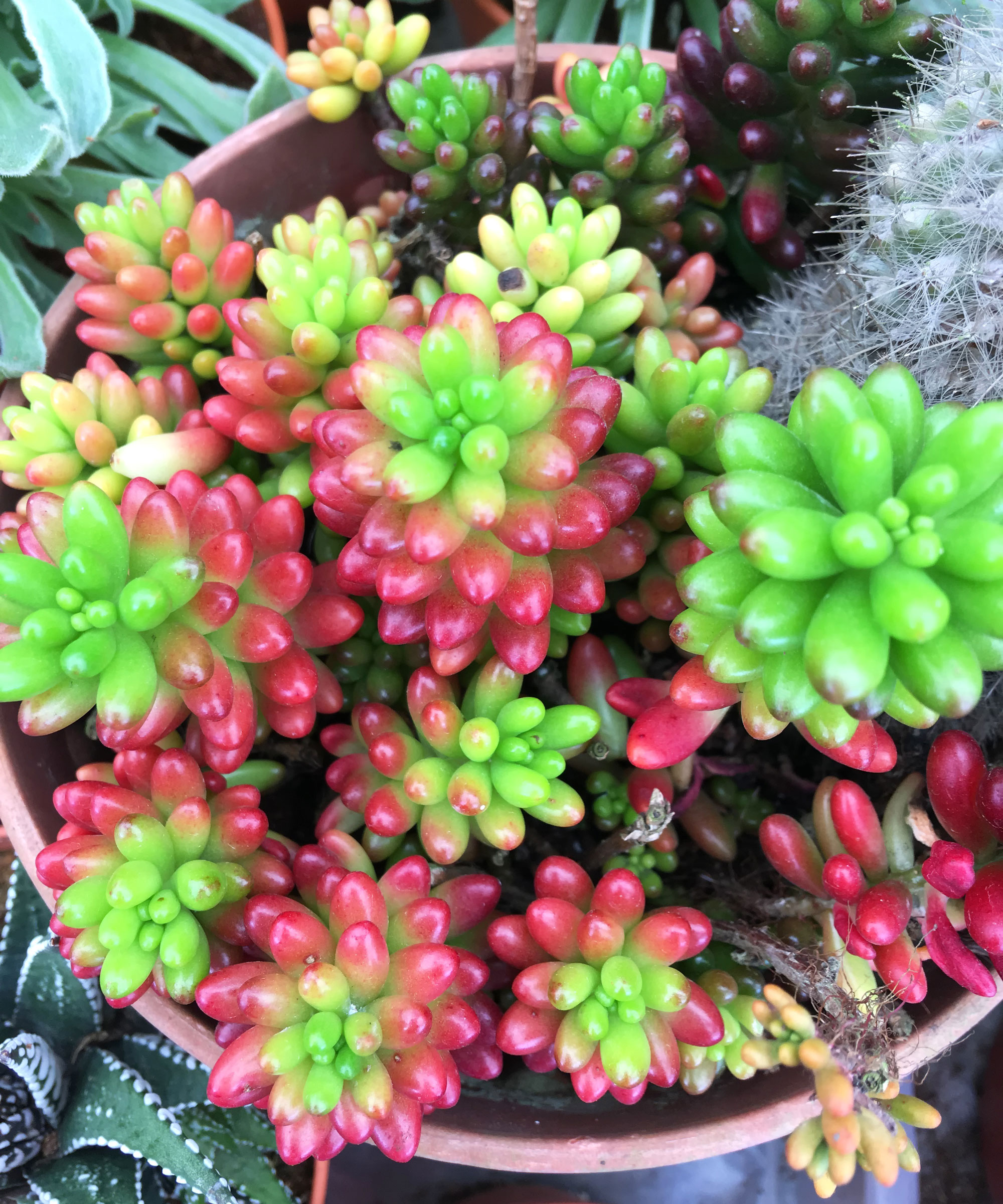
This cute plant originates in Mexico. Its chubby leaves have bright pinky red tops that look just like jellybeans. Take a cutting, dry it out for a few days, plant it and watch it go. The jelly bean plant (Sedum rubrotinctum) can sprawl a bit, but it will never get higher than your knees. Another succulent for warm zones, it looks especially lovely dangling from a hanging basket, and can produce star shaped blooms in spring.
5. Ghost Plant
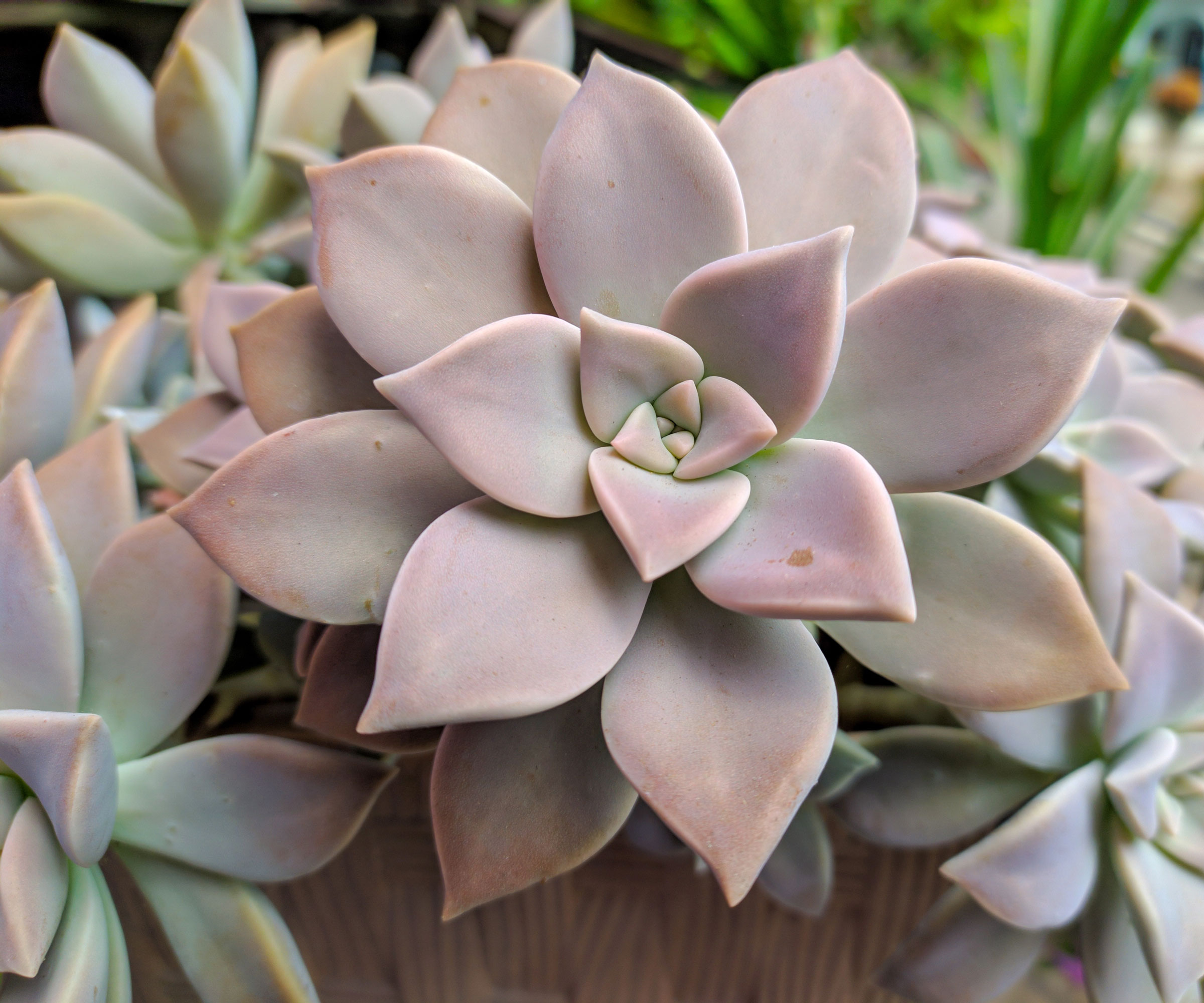
This small, upright succulent gets its common name from the color of its pointed leaves. The clumping ghost plant (Graptopetalum paraguayense) grows in rosettes about the size of your palm and can take on a slightly blue color if grown in the shade, or yellowish if grown in the sun. Grow in containers to show off these trailing rosette forms. This plant grows 1ft (30cm) tall and a yard (1m) wide in warm zones.
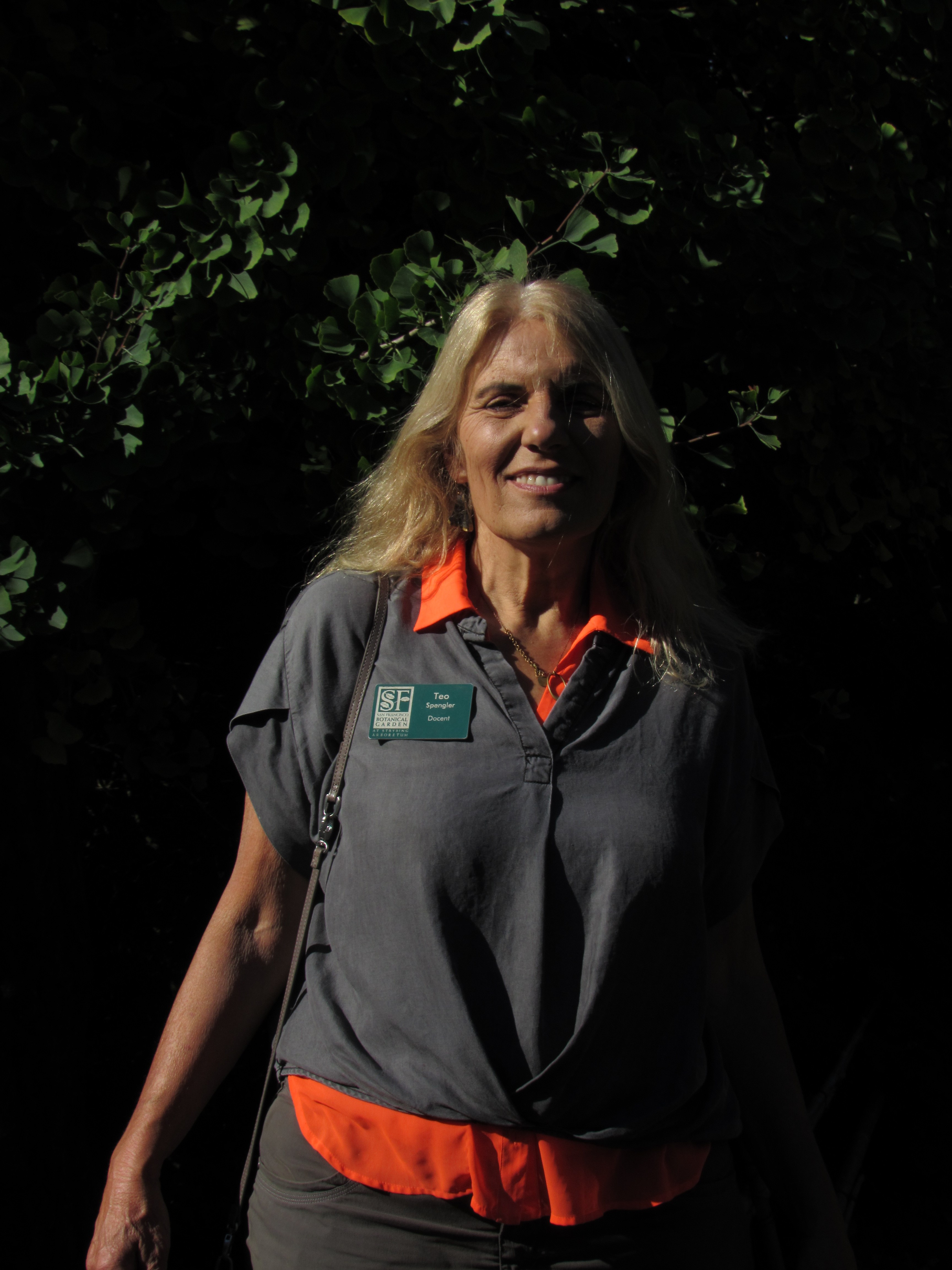
Teo Spengler is a master gardener and a docent at the San Francisco Botanical Garden, where she hosts public tours. She has studied horticulture and written about nature, trees, plants, and gardening for more than two decades, following a career as an attorney and legal writer. Her extended family includes some 30 houseplants and hundreds of outdoor plants, including 250 trees, which are her main passion. Spengler currently splits her life between San Francisco and the French Basque Country, though she was raised in Alaska, giving her experience of gardening in a range of climates.
